TeamViewer Scams: What Should I Do?
One popular tool that facilitates global connectivity is TeamViewer, a remote desktop software that enables individuals to access and control computers from a distance. However, in recent times, the platform has also been exploited by cybercriminals for malicious scams, posing a threat to employees and businesses.
These scams involve criminals gaining remote access to your device, extracting personal information and even wiping out your hard-earned savings. Sounds concerning, right? Don't worry; in this article, we'll walk you through TeamViewer scams and how to steer clear of them altogether, ensuring you stay safe and secure in the digital realm.
What Is TeamViewer Scams and How Does It Work
TeamViewer is a widely used application that lets individuals access and control a computer remotely or share their own desktops with others over the internet. However, scammers have found ways to misuse this tool for their gain, resulting in the rise of TeamViewer scams. These scams involve the fraudulent use of remote desktop software to gain unrestricted access to user's devices and perform malicious activities.
But how do they work? Well, scammers often get in touch with potential victims through phone calls, emails or pop-up messages on their devices. They might pretend to be someone from a known technical support team or a Microsoft employee. Such scammers utilize a multitude of tactics to trick users into believing that they need help.

They may tell you that your computer is infected by malware, experiencing tech-related issues, or needs a system update. Once you're in their trap, they may instruct you to install TeamViewer and share its unique ID and password to help troubleshoot your device.
With these credentials, scammers gain access to the device where they may make unauthorized transactions through online banking, transfer important documents, or worse, lock out the victim and demand a ransom to gain access.
How to Avoid TeamViewer Scams
There isn't a definitive way to recognize if it's a scam or not, but you can refer to the following ways to reduce the likelihood of being scammed.
1Set up a Safer TeamViewer
Setting up your TeamViewer is fundamental to protecting you from scams. Read on to learn how to set up a secure TeamViewer.
Download TeamViewer From Trusted Sources
First and foremost, it is crucial to download TeamViewer from official and trusted sources. Ideally, you should aim to download the application through its official website and follow the instructions there to get the secure version. Remember, you need to avoid downloading from any email links or suspicious websites to steer clear of compromised versions.
Two-Factor Authentication
If you want to add an extra layer of security to your TeamViewer account, set up two-factor authentication. This means that even if a scammer manages to get your login credentials, they won't be able to access your account without the secondary authentication code.
Here's how you can do this:
- Step 1 Log in with your TeamViewer account
- Step 2 Go to the "Profile settings" section
- Step 3 Tap on "Security" from the left menu
- Step 4 Under the two-factor authentication, tap on "Activate two factor authentication"
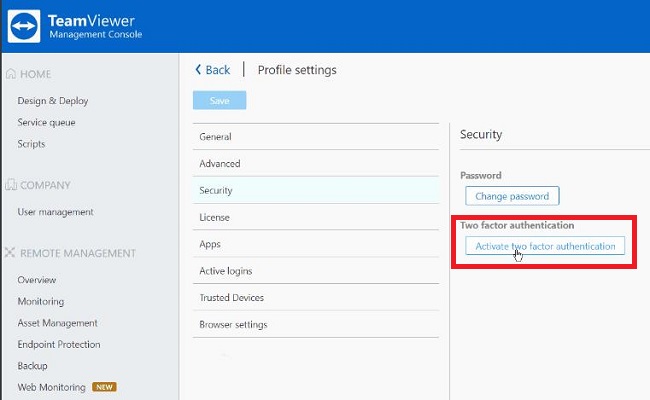
Create a Permission List
After you have set up your TeamViewer account, create a permission list from the "Groups" tab. This will allow you to control the access granted to "Managers" on your account. This way, you can ensure that only trusted individuals access your device and minimize the risk of scams.
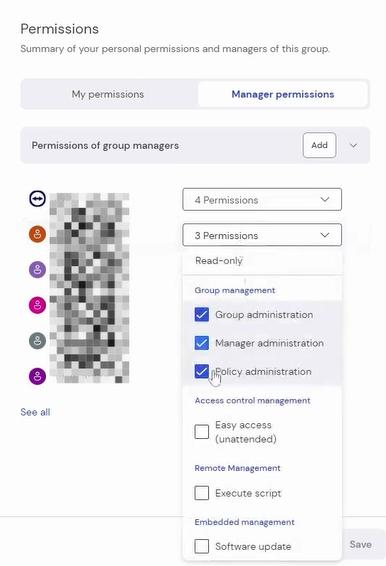
Set Up Strong Passwords
When setting up your TeamViewer account, ensure that your password is not easily guessable. This means avoiding common or easily discoverable phrases, such as your name, father's name or common numericals (123 or ABC) as your password.
Regular Updates
The key to avoiding TeamViewer scams is keeping tabs on any latest updates on the platform. Ideally, you should check the websites for any software updates every 3-4 weeks. These updates often include security patches that shield against vulnerabilities and reduce the risk of scams.
2Be Careful With Unsolicited Emails or Phone Calls
One of the most essential measures to avoid any and all TeamViewer-related scams is to stay wary of any unsolicited emails or phone calls. Such emails often pop up in your inbox unexpectedly and may contain alarming claims (infected malware on your computer or compromised bank account). These scammers aim to create fear and urgency to trick people into taking action without thinking.
Thus, it is crucial to always examine the sender before opening any unfamiliar-looking emails and avoid tapping on suspicious links or attachments. Plus, if you receive an unexpected call from someone claiming to be from technical support or reputable organizations like Microsoft, question the caller and hang up if anything seems like a red flag.

3Don't Grant Access to Your Device to People You Don't Trust
Avoiding TeamViewer scams is all about steering clear of people you don't trust. Does something look too good to be true or a bit suspicious? Immediately hang up and avoid granting access to your devices to people you aren't familiar with. If you receive an unfamiliar phone call or click on any such link, the best action plan is to close TeamViewer or any other running software and cut the call.
4Never Provide Personal Information or CAPTCHA Codes to Anyone
If you're contacted by someone you don't know and the other person requests personal information, remember one thing: legitimate tech support teams or bank representatives never ask for personal information. This includes your Social Security number, and bank account details, or login credentials.
Plus, these scammers may also request CAPTCHA codes at times, which are used as a part of their action plan to gain access to your computer. Therefore, avoid sharing any codes, OTP links, or transaction verification emails with someone you didn't initiate contact with.
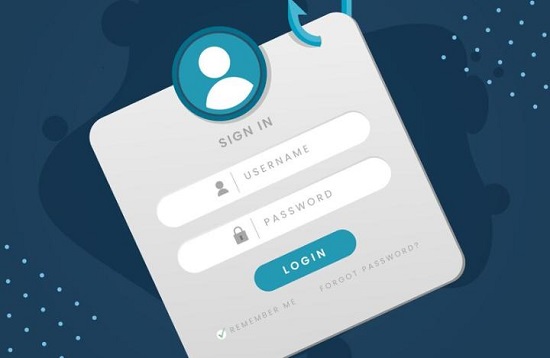
5Never Download Apps by Following a Stranger's Instructions
To avoid any fraudulent activities or scams on your device, remember to never download apps on a stranger's instructions. This is because scammers often have original-looking apps or platforms that may mimic TeamViewer's remote desktop. When you download such software, you're essentially in their hands — letting them see and control what happens on your computer or smartphone. They can view your files, access any passwords, and even manipulate your device.
6Always Monitor Your Device and Network Activity
Your device, be it a computer, smartphone, or tablet, has your most important assets — photos, documents, login credentials, and financial data. Thus, it is essential to regularly monitor your device and network activity for any unusual activity. But how does this help? Well, your system activity lets you detect signs of an intruder, including unfamiliar users logging in or unusual applications in the background.
7Use the Latest Version of Anti-virus Software
Using the latest antivirus software is a tried-and-tested method for protecting yourself from TeamViewer scams and other online threats. One thing is for sure: scammers are continually getting smarter and devising new ways to infiltrate your system.
Thus, it is crucial to update your antivirus software from time to time, which is a program that monitors your device for any suspicious activity. It not only scans incoming files and emails but also keeps an eye on the websites you visit or the softwares you download. When it detects a red flag, it can alert you to take appropriate measures to remove the threat, acting as a shield against cyberattacks.
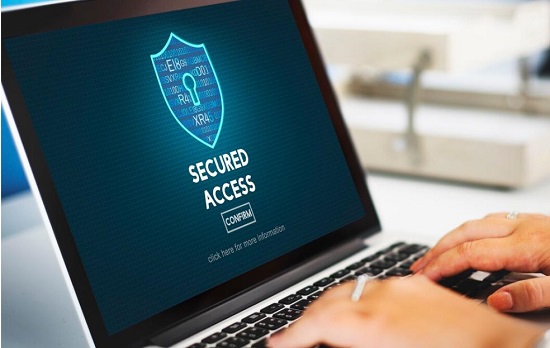
8Educate Yourself and Family or Your Team
Ever heard the statement, "better safe than sorry?" Well, that holds true in today's increasingly connected world. With the rise in cyberattacks and online scams, it is important to stay informed and keep your family, friends, and team updated on the recent scam trends. This involves recognizing any red flags, including phone calls or emails from supposed tech support, verifying legitimacy and protecting your personal information.
What to Do When You Encounter TeamViewer Scams
Encountering a TeamViewer scam is not uncommon with the rise in remote desktop tools for assistance, support, and remote work. However, there are steps you can take to protect yourself and your device from potential harm. Here are a few steps you can follow:
- Hang up the phone or stop chatting: If you receive an unexpected call or text from someone claiming to be a support representative, the first step is to immediately disconnect from the conversation.
- Disconnect your device from the Internet: The next step is to disconnect your device from the Internet since scammers use remote access tools like TeamViewer to gain access to your device.
- Check your accounts and change your passwords: After disconnecting your computer, inspect your accounts, especially the ones with sensitive information or financial details. Change the passwords of your email, banking and work accounts.
- Update your antivirus software and perform a full scan: Next, check if your antivirus software is updated and run a full system scan. This will detect and remove any malware that scammers may have installed.
- Check your antivirus software for any exclusions: Since scammers are now smarter than ever, some of them may add exceptions to your antivirus software to avoid being detected. Review your settings to ensure there are no exclusions that allow unauthorized access.
- Turn off your computer if you're not sure which software programs are running: Not sure about the status of your computer? It is a good idea to power down your device to prevent any ongoing remote access attempts and seek help.
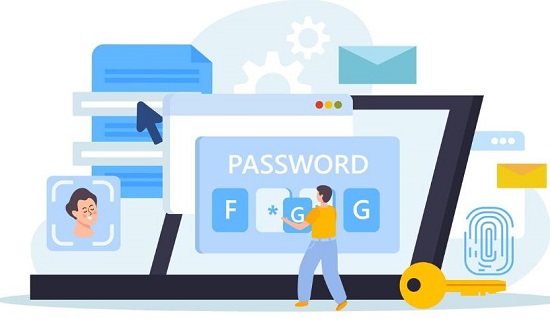

What to Do If You've Been Scammed
If you've fallen victim to a TeamViewer scam, immediate action is your only rescue. This helps mitigate the damage and recover any losses to your device.
Check Software Settings and Change Password
First, start by taking a closer look at your TeamViewer account settings. Go to your profile, and change the password to prevent scammers from accessing your account. This helps protect your device and personal information from any further harm.
Contact Your Bank and Credit Card Organizations for Refunds (if applicable)
If the scam ripped you off your hard-earned money, contact your bank and credit card organizations as soon as possible. They will guide you through the process of registering a dispute against unauthorized transactions and, in some cases, help you recover the funds.

Contact Your Local Law Enforcement Agency
To take legal action and report the scam, get in touch with your local law enforcement agency. If you cannot find an online reporting site, just go to the web and type in "local law enforcement agency" in (your country). This will help you find a site to submit information pertaining to the incident and report the scam.
- In the United States, you can report cybercrimes to the Federal Bureau of Investigation (FBI) through their Internet Crime Complaint Center (IC3) at https://www.ic3.gov.
- For the United Kingdom, use the Action Fraud website (https://www.actionfraud.police.uk/).
- In Australia, you can report cybercrimes to the Australian Cyber Security Centre (ACSC) via the ReportCyber website (https://www.cyber.gov.au/report).
Contact the TeamViewer Privacy Team
TeamViewer has a support team in place to help victims of any scams related to their software. You can report the activity directly to the TeamViewer Privacy Team through their official website at https://www.teamviewer.com/en/report-a-scam/.
Use More Secure Remote Software to Minimize the Possibility of Scams
If you want to avoid falling victim to scams while looking for remote support, your best bet is to hop towards a safer, more reliable alternative. One platform that has emerged as a potent go-to for teams seeking remote support is AirDroid Remote Support. Unlike some platforms that may be vulnerable to scams, AirDroid Remote Support offers a secure and efficient solution.
The platform caters to a multitude of solutions, whether you need remote support for employees and customers or are looking to assist friends and family. For businesses, AirDroid Remote Support is home to a robust remote control and lightweight management. It lets support teams intuitively diagnose and solve problems, reducing device downtime and on-site maintenance costs. With end-to-end encryption, it ensures that your support sessions are secure, even for mobile and commercial-grade devices.
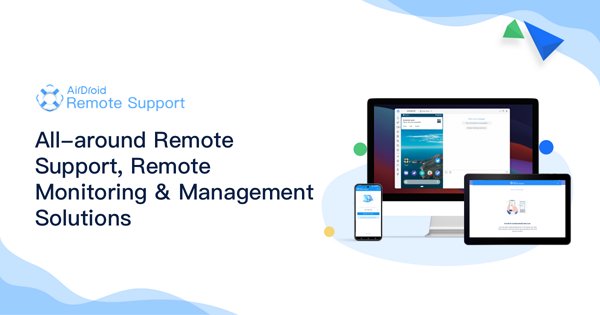
Conclusion
TeamViewer is a powerful remote desktop platform for remote teams and support representatives, letting them resolve concerns and troubleshoot problems on the go. However, the platform is prone to scams and fraudulent activities that are not easy to escape.
Thus, it is crucial to exercise caution on unfamiliar phone calls, steer clear of emails from unreliable senders, and avoid following any links. And if you're still in doubt, the best you can do is to consider an alternative like AirDroid Remote Support, offering round-the-clock support and reliable, secure remote assistance.






Leave a Reply.